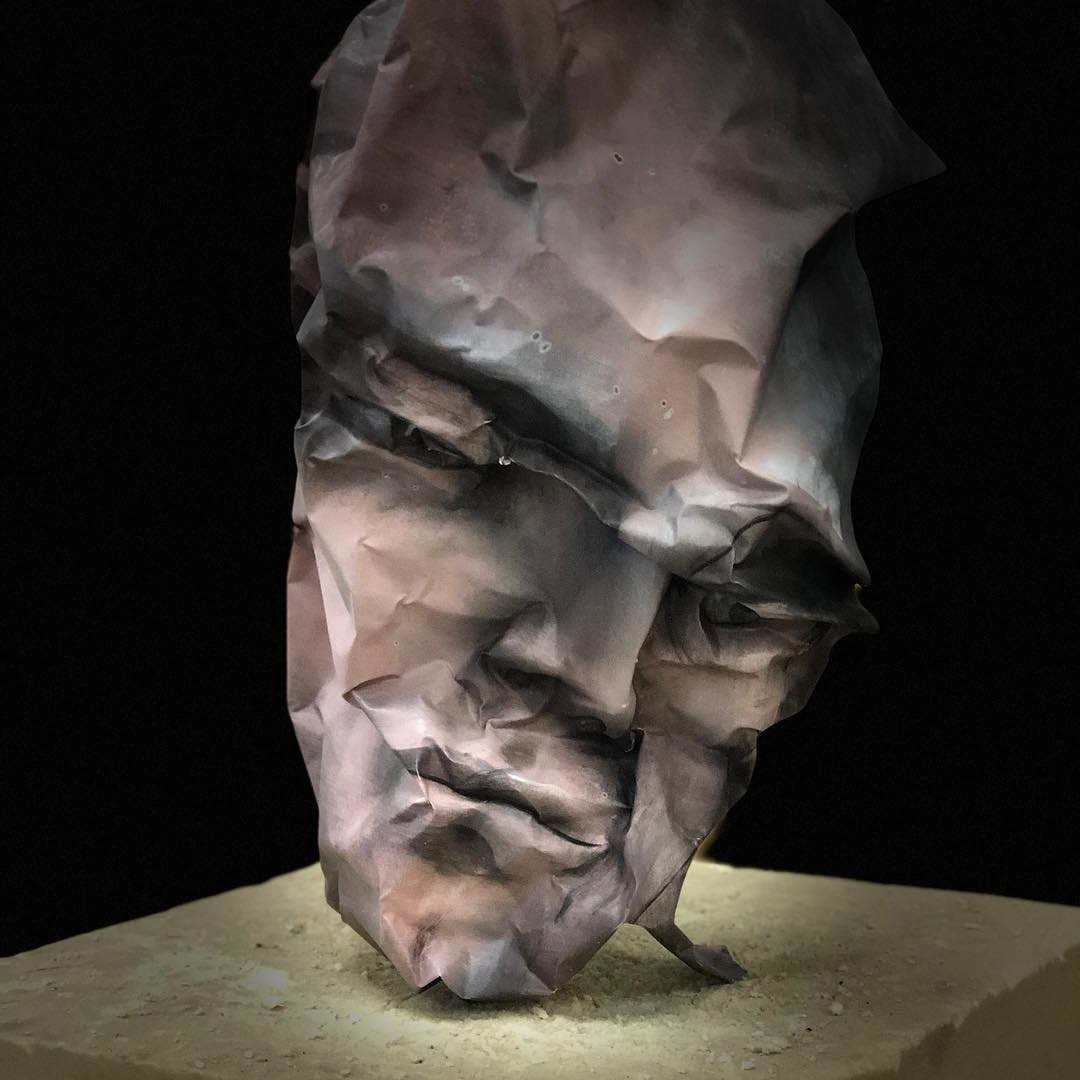
Russian paper-cut artist Asya Kozina recently created an ornate array of white wedding dresses inspired by Mongolian folkloric fashion designs. Though they resemble haute couture, the sculptural outfits are made entirely from paper. The St. Petersburg-based artist described the traditional Mongolian garments as “futuristic.” Her versions exaggerate their shapes and emphasize their geometric structure by removing the color. Kozina collaborated with photographer Anastasia Andreeva on a shoot featuring models donning her baroque pieces.









 Russian paper-cut artist
Russian paper-cut artist 
 Japanese fashion designer
Japanese fashion designer 
 A recent graduate of the Shenkar College of Design, emerging Israeli fashion designer
A recent graduate of the Shenkar College of Design, emerging Israeli fashion designer